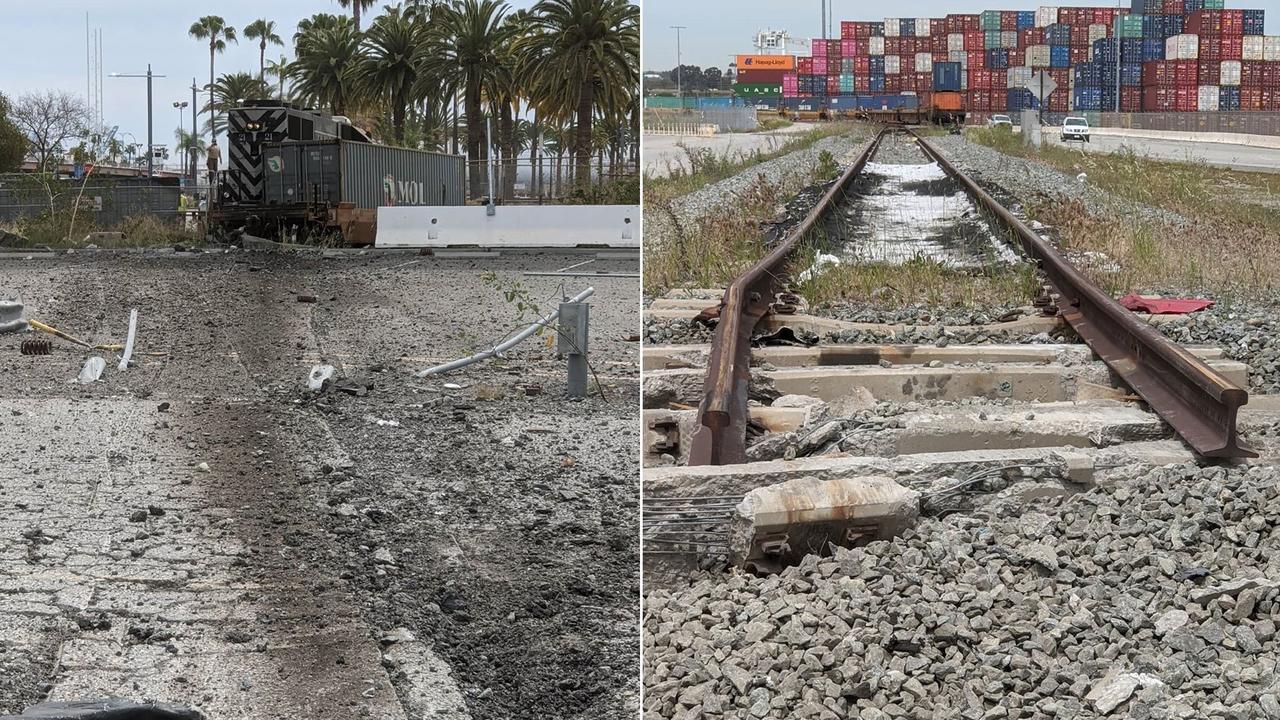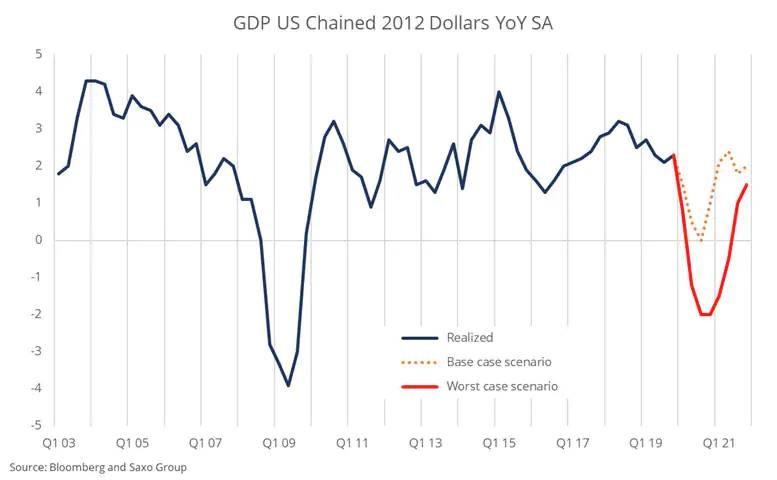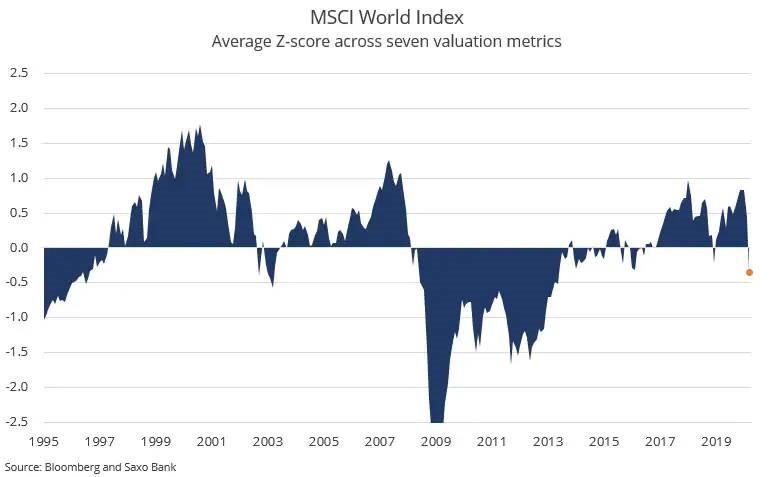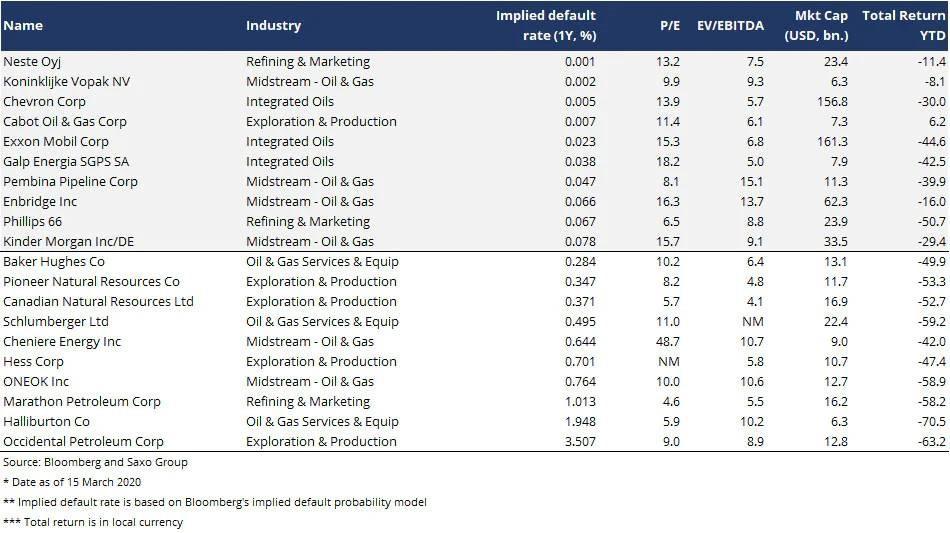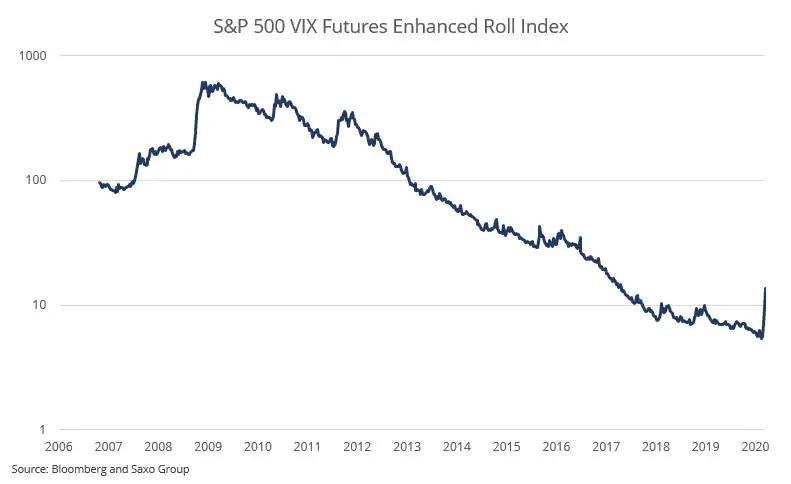In the midst of the COVID-19 pandemic, hand sanitizer has become an incredibly scarce resource. It’s practically impossible to find any at a grocery or drug store, or to order it online. But in Washington, D.C., at least, anyone who wants a bottle can get one. All you have to do is buy a bottle of booze.
That’s what I did yesterday when I ordered delivery of a pre-bottled cocktail—the delicious rye-apple brand blend, the American Trilogy—from Restorative Republic, a local distiller that makes bourbon, vodka, rye, and apple brandy. A few hours later, the bottle was delivered to my front gate—along with a smaller bottle labeled “hand cleaner.”
Local distilleries like Restorative Republic and rum-maker Cotton & Reed are making artisanal hand cleaner, the primary ingredient in which is high-proof alcohol. And anyone who buys a bottle of their booze also gets a small bottle of what you might call hipster Purell. They’re not alone. Distilleries across the country have begun producing hand cleaners, and many more have said they’d like to, with more than 500 producers reportedly indicating they’d like to convert some of their production.
But there’s a problem: The Food and Drug Administration (FDA) currently won’t let them do so in an efficient way.
“We are ready willing and able to produce massive amounts of hand sanitizer,” says Matt Dogali, the President and CEO of the American Distilled Spirits Alliance. The FDA, along with the Alcohol Tax and Trade Bureau, he says, “have guidance documents about how we make our hand sanitizer.” And that guidance requires a denaturant—an additive meant to make the alcohol unpalatable if, say, a child tried to drink it.
But the denaturant the FDA currently requires would temporarily wreck their production lines. “We make consumable alcohol products,” he says. “And if we introduce a denaturant into our lines, it renders them useless for future alcohol production barring extreme cleaning measures, because we cannot have any remnant of the denaturant in our lines, and then sell a consumable product.” Deep cleaning could take down lines, which in many distilleries run either continuously or the majority of every day, for days if not longer, costing distilleries precious time and money in the process.
Some distilleries, he said, initially began producing sanitizer with ethanol, which is used to produce consumable alcohol, and food-safe ingredients. But the FDA released follow-up guidance saying those food-safe formulas were only allowable with types of alcohol that most liquor producers don’t use. The March guidance document says that, given the emergency circumstances surrounding the spread of COVID-19, the FDA “does not intend to take action” against alcohol producers who make alcohol for hand sanitizer—so long as a lengthy list of requirements is met.
The FDA’s requirements have nothing to do with making hand sanitizer work; hand sanitizer doesn’t require a denaturant to be effective at killing germs. In fact, the World Health Organization’s (WHO) guidelines for producing it don’t include a denaturant.
Those guidelines are what some distilleries, like Republic Restoratives, have reportedly followed—and why they are labeling it “hand cleaner” instead of sanitizer. “I don’t really know what the FDA thinks about things like this,” owner Pia Carusone told Washingtonian in March. Regulations governing the production of sanitizer are also why they can’t sell it.
Nor are the FDA’s approved denaturing agents the only options. Dogai says there are other substances that could be added that would ward off drinking without affecting production lines. And he’d like to see direct sales to medical facilities approved as well.
Distillers, Dogai says, have proposed to the FDA that “they should allow us to make a commercial-grade hand sanitizer, that is, a hand sanitizer that would never end up for public sale.” It would never reach store shelves to which children might have access, and that way, it wouldn’t need to be denatured to discourage consumption. The goal, he says, would be to “put our products in the hands of professionals. That allows conventional labs to restock grocery stores.”
“If we can alleviate the demands of the hospitals and first responders,” he says, then other producers can restock the grocery stores.
The Distilled Spirits Council of the United States (DISCUS), another industry group, has set up a portal for distillers hoping to produce sanitizer. Among other things, producing sanitizer allows “craft distilleries to keep their stills going, maintain their employees and stay afloat during this crisis,” said CEO Chris Swonger, in a statement.
Congress has already taken some action to make it easier for distillers to produce sanitizer by eliminating a tax on alcohol production if it’s used for hand cleaner. That tax, if it had continued, would have “basically been a stop order,” Dogai says, making it prohibitively expensive to produce much sanitizer. But there’s a catch: The tax break only applies to sanitizer produced according to FDA guidelines.
Personally, I’m happy to buy liquor and cleaner as a package deal: I prefer to think of it as buying a pricey bottle of hand cleaner and getting a tasty bottle of booze for free. But that’s not ideal for most people, and it means that distilleries can’t produce the mass quantities necessary to keep up with unprecedented demand.
There are about 4,000 distilleries in the U.S., and many are already making some sort of hand cleaner. But Dogai says they could be making 10 times as much if the FDA were to change its rules. “At this moment in time,” he says, “the amount of hand sanitizer that we’re making is smaller than it could be.”

from Latest – Reason.com https://ift.tt/2JwRkhN
via IFTTT



